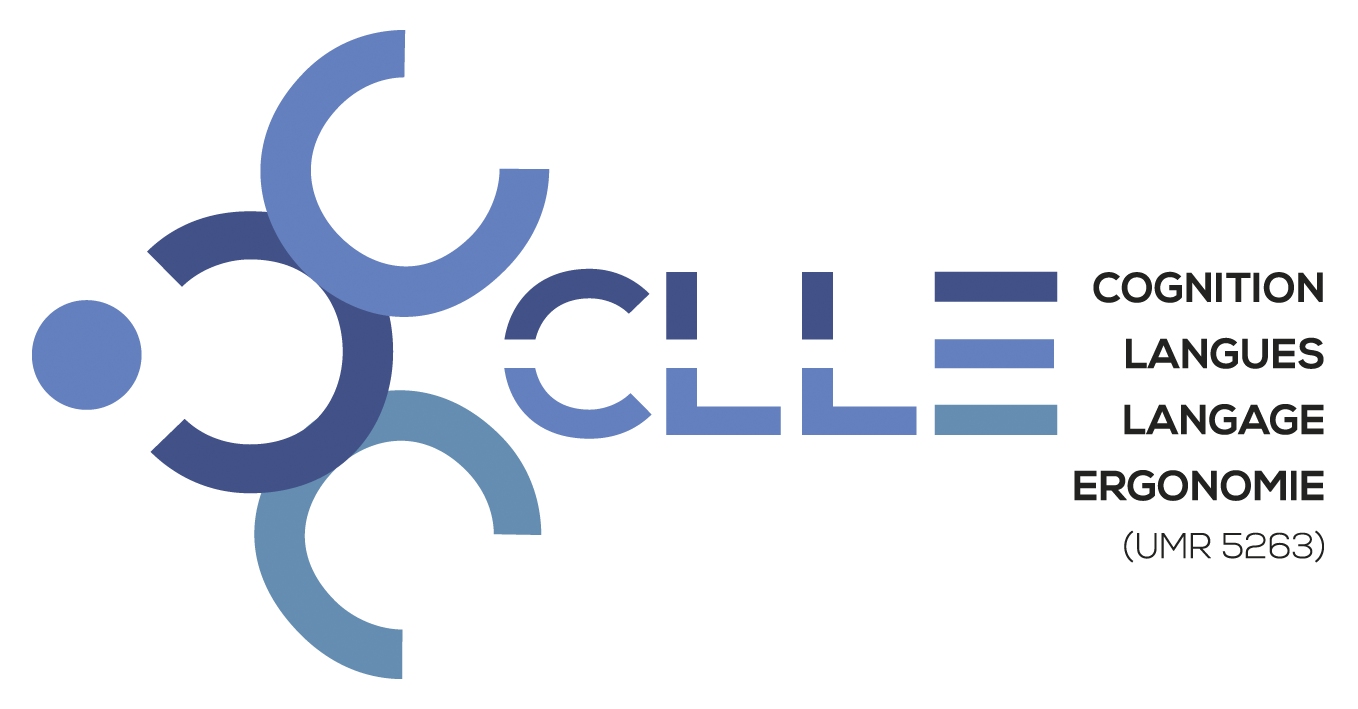-
Partager cette page
Some quantitative remarks on paradigms and features. The view from Romance
Diego Pescarini, BCL Nice - Séminaire CLLE ERSS (14 h/16 h - Salle D155 MDR UT2J)
The paper deals with paradigms of subject clitics (SCls) in northern Italian and Occitan dialects. Etymologically, SCls are nominative pronouns that, in present-day dialects, are bound to the inflected verb.
Paradigms of subject clitics are often defective and exhibit systematic patterns of syncretism. Interestingly, such an extreme degree of variation emerged in a relatively short diachronic span (from the 16th c. onwards) and in a set of closely related languages spoken in a highly populated and interconnected area Olivone
Gaps and syncretisms are sensitive to person distinctions. Previous studies revealed some robust trends in the form of implicational statements, which lend themselves to an analysis in terms of feature geometries. However, before adopting rule-based accounts hinging on grammatical features, it is worth examining (and, if possible, discarding) alternative hypotheses.
H1) Cross-linguistic variation across a set of closely related languages is always amenable to external explanations. Let us assume that a bunch of innovative speakers began to use an idiosyncratic variant V1, which spread across social strata and nearby speaking communities, which in turn gave rise to further subvariants V2a/2b/etc. and so on. In this way, paradigms of SCls gradually shifted from one to another giving rise, in synchrony, to prima facie hierarchical arrays. In other words, by studying genealogically-related languages, one always ‘runs the risk that he will discover shared innovations that have a purely historical explanations, rather than properties that are shared because of the same parameter setting.’ (Haspelmath 2008: fn 8)
H2) It might be the case that the above paradigms were not shaped by feature-driven processes, but rather by analogical ‘morphomic’ schemas that apply regardless of the featural content of (function) words. For instance, one may argue that subject clitics emerged to disambiguate person agreement after verbal endings had been neutralised by sound change. In particular, the fact that 4/5p SCls are often missing or syncretic may result from the fact that 4/5p forms of the verb often display idiosyncratic exponents, i.e. either suppletive or non-rhizotonic forms.
The paper aims to address the above hypothesis on the basis of statistical evidence based on a dataset of approximately 400 dialects. To address H1, I will show that the geolinguistic distribution of variants does not support an explanation entirely based on external factors. As for H2, I will elaborate on the correlation between the number (and shape) of distinctive exponents in the SCls and verbal paradigms to show that analogical/‘morphomic’ schemata cannot account for the emergence and diffusion of the attested patterns.





